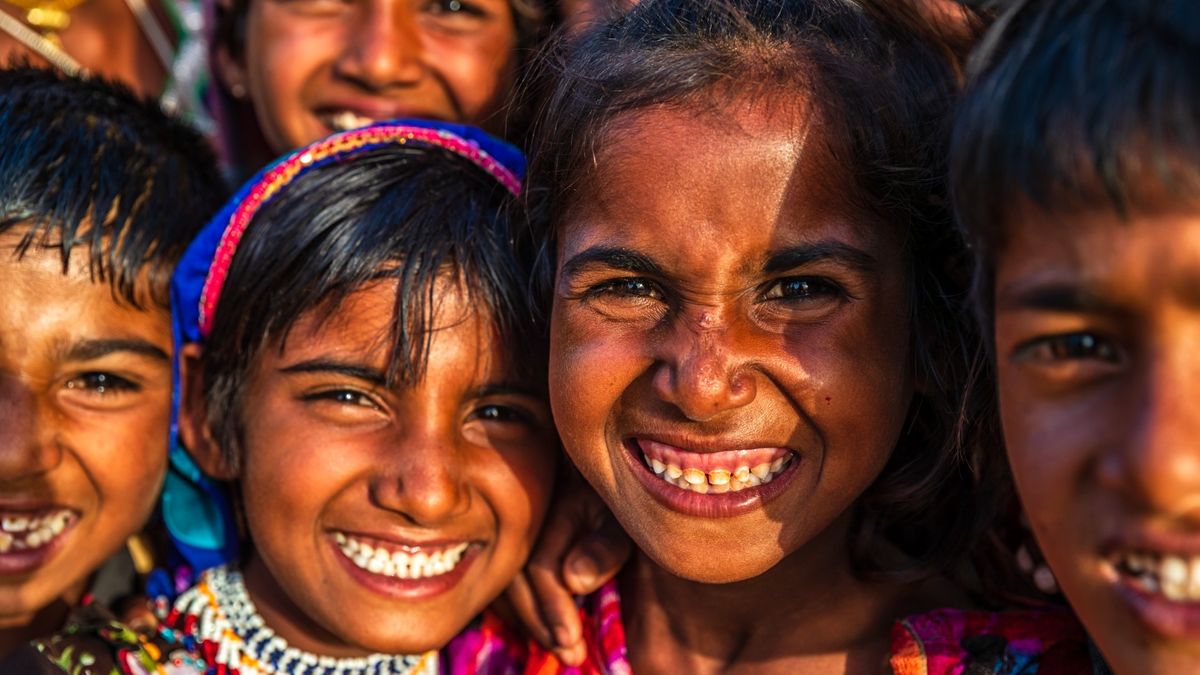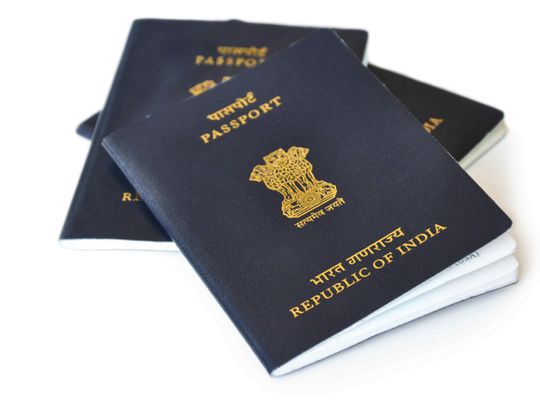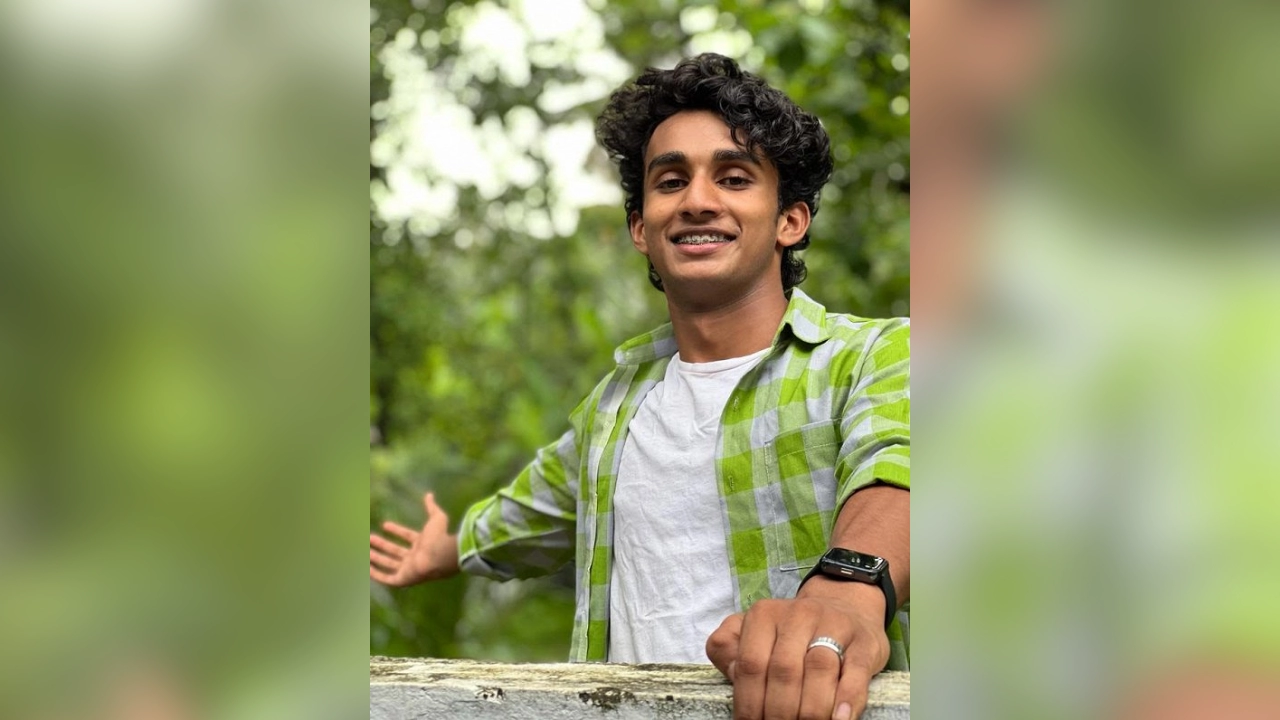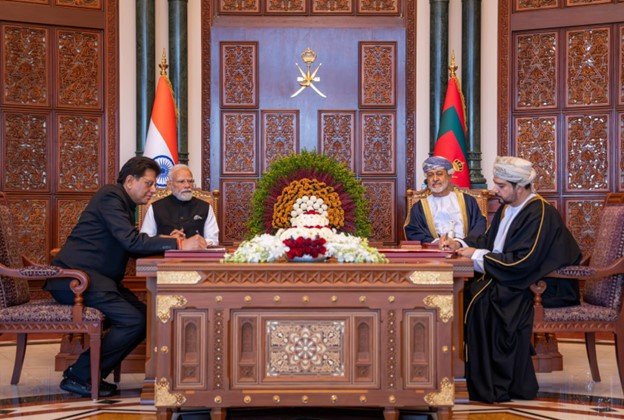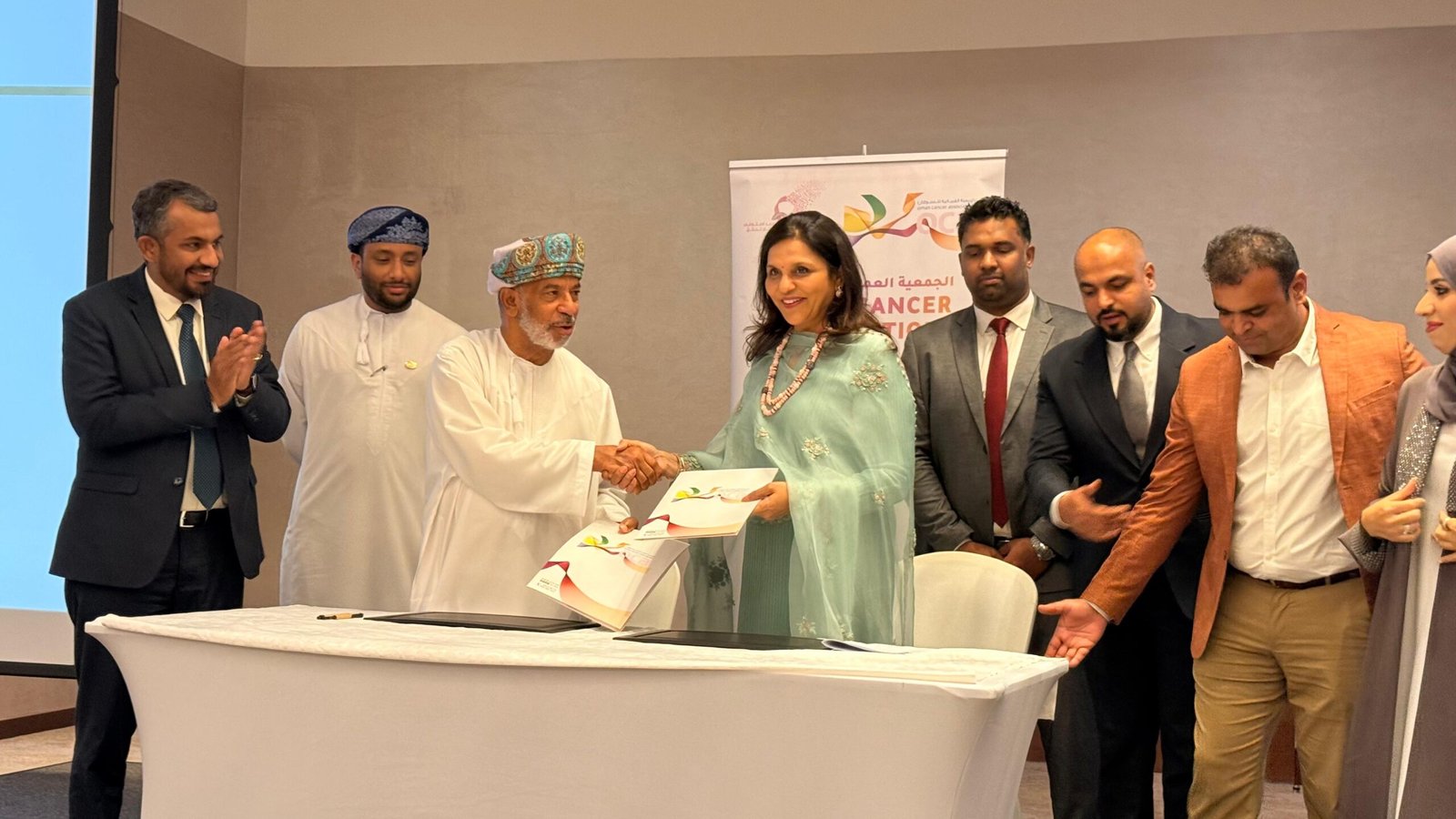-
Despite findings, many questions remain, particularly about the population living in India 50,000 years ago
-
For example, it is still unclear whether Neanderthals and Denisovans lived in South Asia or if modern humans encountered them further east in Eurasia before migrating to India
Researchers have uncovered new insights into India’s evolutionary history through the largest genome study of its kind. The study analyzed over 2,700 modern Indian genomes from 17 states, encompassing a wide range of geographic regions, languages, tribal and caste groups, a report by Emily Cooke said in livescience.com.
Emily, a health news writer based in London, UK, has vast experience in science communication, medical writing, and local news reporting. In 2018, she was recognised as one of MHP Communications’ 30 journalists to watch under 30.
The findings reveal that one of the three primary ancestral groups in India — ancient Iranian farmers — can be traced back to agricultural communities from Sarazm in modern-day Tajikistan. The study also highlights the rich diversity of DNA inherited from Neanderthals and Denisovans, now-extinct relatives of modern humans.
This comprehensive research, detailed in a preprint paper published on February 20 on the bioRxiv database, indicates that the majority of genetic variation in today’s Indian population originates from a significant migration of modern humans from Africa around 50,000 years ago.
The report quoted Elise Kerdoncuff, the lead author and a population geneticist at the University of California, Berkeley, who emphasized the importance of this study: “South Asian populations are often underrepresented in genomic studies. Studying Indian populations helps us understand the history of India, and as our study demonstrates, it also provides valuable insights into broader aspects of human history.”
-
The researchers compared the DNA of modern Indians to sequenced Neanderthal and Denisovan genomes
-
They discovered that Indians, like most non-Africans, inherit between 1% and 2% of their DNA from these groups, with nearly 90% of all known Neanderthal genes found in humans outside of Africa detected in the Indian genomes studied
India, with its population exceeding 1.4 billion people, boasts more than 4,500 anthropologically well-defined populations, including various castes, tribes, and religious groups. Despite this extensive diversity, Indian populations have historically been underrepresented in genomic studies, which have predominantly focused on individuals of European ancestry.
To better understand genetic variation in India, the authors analyzed the genomes of thousands of individuals who participated in the Longitudinal Aging Study in India-Diagnostic Assessment of Dementia (LASI-DAD). These participants, all over the age of 60, provided blood samples for analysis.
The study found that most Indians derive their ancestry from three main groups: ancient Iranian farmers, Eurasian Steppe pastoralists, and South Asian hunter-gatherers. While the migration patterns of the latter two groups to India were previously understood, the arrival of DNA from ancient Iranian farmers was unclear until now.
The article cited Priya Moorjani, co-senior author and assistant professor of genetics, genomics, evolution, and development at UC Berkeley, noted that the ancient Iranian-related DNA in Indian populations originates from individuals in Sarazm from the early Neolithic period.
The team also found that the majority of genetic variation in modern Indians results from a major migration event of individuals from Africa 50,000 years ago. This contrasts with earlier archaeological studies suggesting modern humans settled in India before the Toba volcano eruption around 74,000 years ago.
Priya Moorjani expressed hope for the future: “In future, combined with insights from other fields like archaeology and linguistics, I hope the fine-scale story of our evolutionary past will become clearer.”
**********************************************************
Readers
These are extraordinary times. All of us have to rely on high-impact, trustworthy journalism. And this is especially true of the Indian Diaspora. Members of the Indian community overseas cannot be fed with inaccurate news.
Pravasi Samwad is a venture that has no shareholders. It is the result of an impassioned initiative of a handful of Indian journalists spread around the world. We have taken a small step forward with the pledge to provide news with accuracy, free from political and commercial influence. Our aim is to keep you, our readers, informed about developments at ‘home’ and across the world that affect you.
Please help us to keep our journalism independent and free.
In these difficult times, running a news website requires finances. While every contribution, big or small, will make a difference, we request our readers to put us in touch with advertisers worldwide. It will be a great help.
For more information: pravasisamwad00@gmail.com

